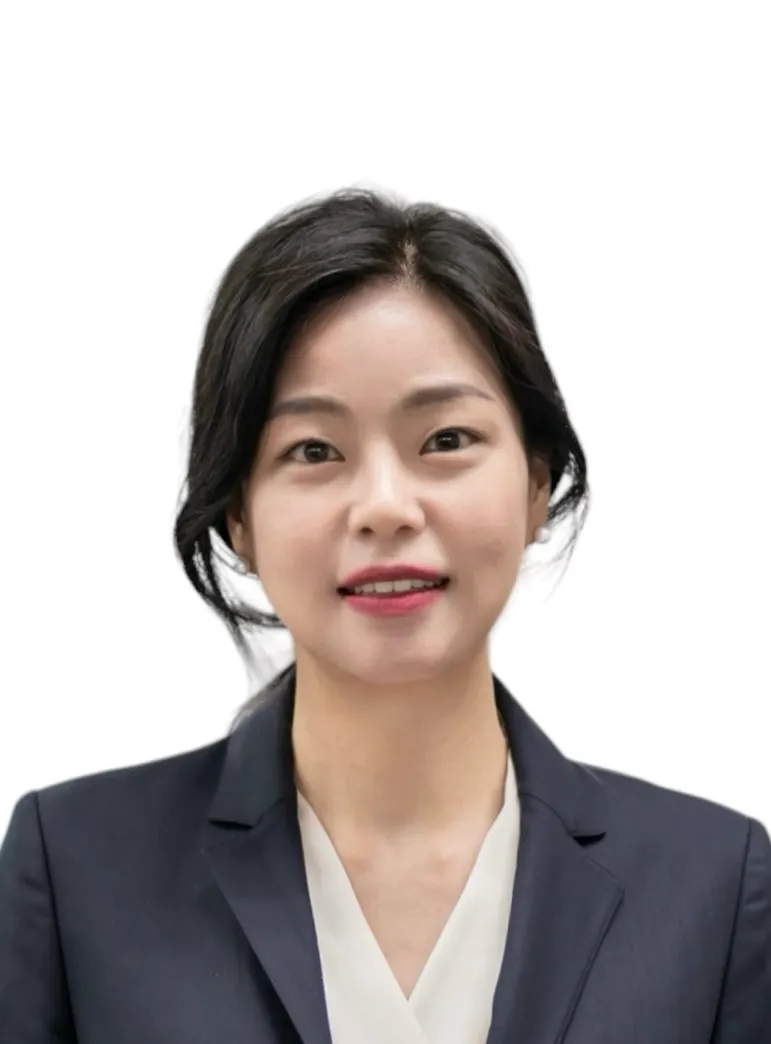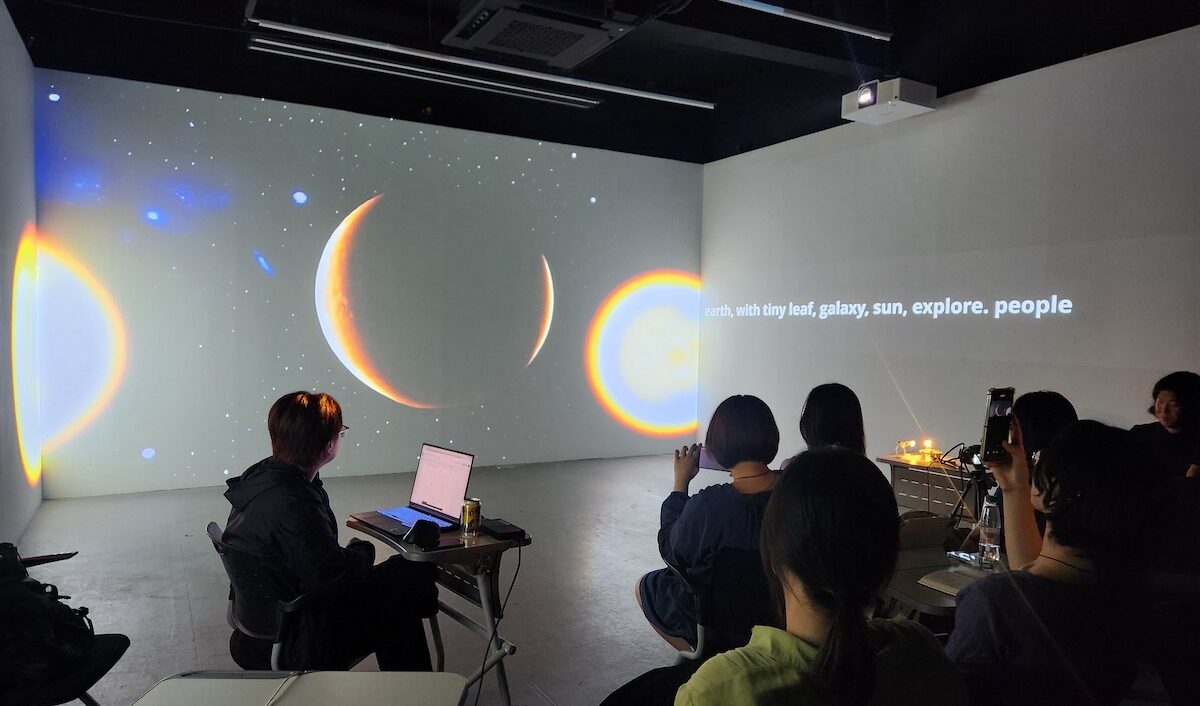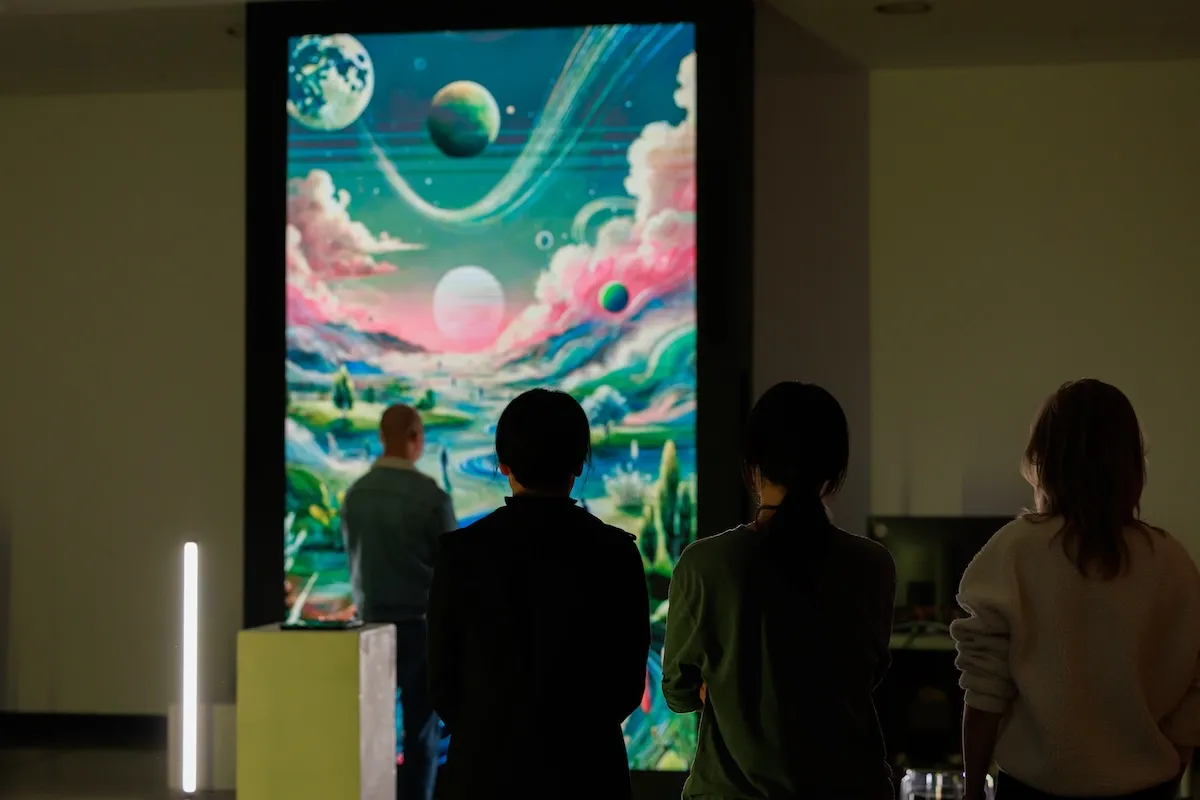| [Issue]introduces the future direction of art education that the Art Collider Lab (hereinafter referred to as AC Lab) at the Convergence Arts Center seeks to pursue through the educational programs it has planned and operated. This article is based on the contemporary discourses explored in the 2024 “Connected Week: Open Access School” lecture program, which focused on the theme of “Commons.” Through video and written records, it documents the key discussions from the sessions. Open Access School was a small-group lecture series designed to break down boundaries, bringing together students, industry professionals, and individuals from various fields to share ideas, experiences, and inspiration. Discover the discussions and insights exchanged during these sessions. |
| Session 1_Protection of Choreography Copyright and Its Issues
The issue of choreography copyright has always been an important topic in the dance community, but there is still a need for a clearer understanding of the issues and rights related to copyright. While thousands of music works are registered each year, choreography works, including those in theater, amount to only a few dozen registrations annually. In this regard, this summarizes the content of choreography copyright, which could be helpful to choreographers or dance students.
| What is a ‘Work’ in Copyright Law?
To be protected under copyright law, a creation must first qualify as a “work.” A “work” is defined under copyright law as a “creation that expresses human thoughts and feelings,” and includes types such as literary works (written works), artistic works, and theatrical and choreographic works.
So, does anything that fits the concept of a “work” automatically qualify as a copyrighted work? Not necessarily. For example, if copyright were granted to every short word or expression, it could lead to significant inconvenience in everyday situations where those words are used. Similarly, granting choreography copyright to trivial gestures or individual movements would impose restrictions on daily life, so “generally,” these cases would not be recognized as works. (However, there are recent court cases where even short movements are recognized as works, depending on how the movements are combined.)
Returning to the issue of registration, if you wish to register a copyright, you can easily do so through a manuscript or video. Unlike other industrial property rights, which require registration or application to receive protection, copyright follows the “non-formality principle,” meaning copyright arises from the moment of creation, regardless of registration. Of course, registering provides legal benefits such as ease of proof and the ability to claim damages, but it is important to understand that copyright protection is not denied simply because it wasn’t registered in advance, as long as copyright can be proven.
| The Difference Between Copyright and Neighboring Rights
Next, to explain “neighboring rights,” in dance, there may be individuals who take on both creation and choreography, while others may only perform the choreography. The person who holds the right, even though they did not directly create the choreography, is the one performing the dance, and their right is considered a “neighboring right.” The author of a work is defined as the person who made a creative contribution, so individuals who provide ideas or invest are not considered authors. The only exception to this is when the work is created as a work for hire, in which case the entity in an employment relationship with the creator holds the copyright.
When there are multiple copyright holders, two types of classifications can be made. The first is a joint work, where the work cannot be divided, such as in the case of animation, and the shares are indicated. The second is a compilation work, where the parts of the work can be divided and the copyright can be split.
| Two Aspects of Copyright: Property Rights and Moral rights
Unlike industrial property rights, copyright protects human creativity, which is why the concept of “moral rights” exists. Therefore, copyright is divided into moral rights and property rights. In both cases, if infringement occurs, not only civil but also criminal liability is stipulated, which is a distinctive feature of copyright law.
Moral rights can include various cases. For example, if an author uses a pseudonym and their real name is displayed, it violates the right to attribution. If a work created by the author is arbitrarily altered, it infringes on the right to integrity. Additionally, publicly disclosing a work that has not yet been made public also constitutes an infringement of moral rights.
An important point is that while property rights can be transferred, moral rights are inalienable, meaning they can only be enjoyed or exercised by the specific right holder due to their nature (according to the definition in the Doosan Encyclopedia). Therefore, even if property rights are transferred, moral rights remain with the creator and cannot be transferred. However, in practice, it is possible to include a provision in the contract stating that the creator will not claim an infringement of moral rights when transferring the work.
The second aspect of copyright, property rights, highlights the importance of secondary works, which generate the most added value. Even if the entire property rights under copyright law are transferred, if it is not explicitly stated that secondary works are included in the transfer, it is presumed that they are not transferred, emphasizing their significance.
Attorney Park is answering students’ questions. She emphasized the importance of drafting contracts above all else and shared key points to be mindful of when writing a contract.
| Below is a summary of the questions from the students during the session.
Q: The choreography in a performance video I found on YouTube is very similar to a choreography I created earlier. Can I raise an issue of plagiarism?
A: Plagiarism is an ethical concept, whereas copyright law defines it as infringement. When making this judgment, it’s necessary to assess whether there is substantial similarity. The criteria for determining infringement can vary significantly depending on whether you compare the overall choreography or specific details. There is no clear legal standard yet, and if you apply for an expert review through the courts or prosecution, you will hear opinions from many experts, and each case will be judged individually.
Q: How long is the copyright protection period, and how can I obtain permission to perform a piece of choreography by a lesser-known choreographer if it’s not from a major dance company?
A: First, the protection period for property rights is 70 years. If you create a new contemporary dance piece based on traditional dance, it would be considered a new work starting from that point.
To find the copyright holder, you can use a website established by the Copyright Commission, which is an organization created under copyright law. You can search for the copyright holder here, and if you still can’t find them, there is a system called “legal permission,” where you can deposit usage fees for the work. Additionally, if you want to use music composed by someone else for a dance performance, there are companies that manage and administer the copyrights of composers’ works, and you can search for them there.
Q: If no contract was made for a performance video, who holds the rights to the video: the choreographer or the director who filmed it?
A: As a general rule, this should be handled through a contract. However, if no contract was made, the copyright for the video would typically belong to the video creator (the director). Since a video work is a special type of work that contains a combination of arts, copyright law has specific provisions granting the right to broadcast or display the video to the creator. However, the copyright of the individual works involved is not transferred; only the copyright for the video itself belongs to the video creator. Additionally, moral rights (the right of attribution and integrity) still belong to the creator of the work. There is a standard contract for the arts sector provided by the Ministry of Culture, Sports and Tourism, and it is important to make clear agreements to avoid future disputes.
Q: I recorded my movements through motion capture for a performance in a virtual space. How can I assert my rights over this data?
A: If you are the choreographer, you have the right to assert your copyright as the author of the choreography. If you are a neighboring rights holder, you also have rights as a neighboring rights holder. Additionally, since this case involves the use of biometric data, you should also assert your rights in accordance with the Personal Information Protection Act, specifying consent for use and how long the data will be retained.
/ written by Gian Kim (Korea National University of Arts)





